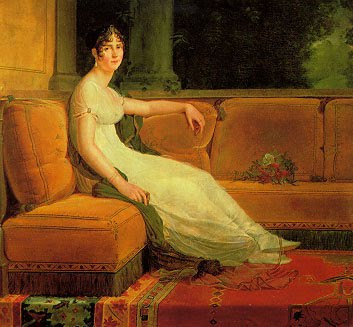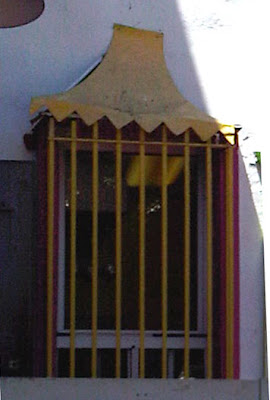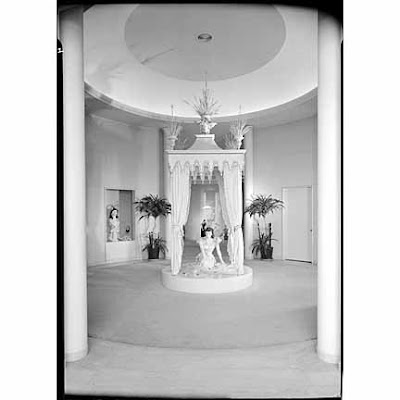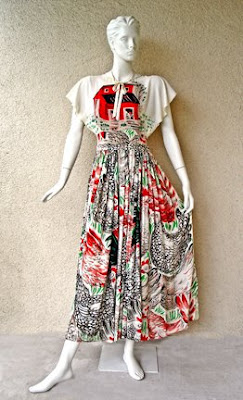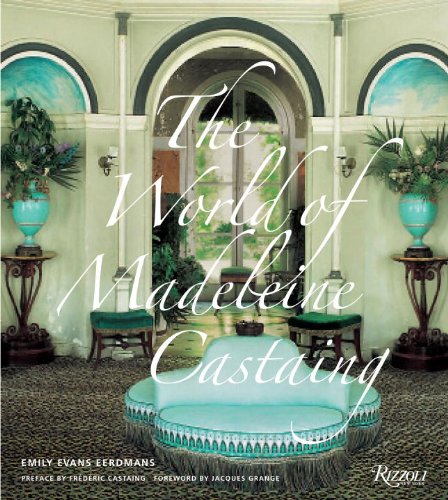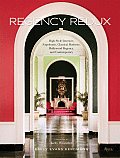 de Beistegui at his famous 1951 ball at the Labia Palace in Venice
de Beistegui at his famous 1951 ball at the Labia Palace in Venice Only a man with supreme confidence in his taste could rock a Louis XIV wig with so much conviction. Aesthete, millionaire, and party-thrower par excellence: Charles (or Carlos as he was named by his Mexican parents) de Beistegui was all these things, and for decades he wowed Parisian society with his spectacular style.
In a 1952 interview with
Connaissance des Arts, he imparted some of his views on interior decorating, a pursuit, the magazine notes, in which he surpassed many professionals.
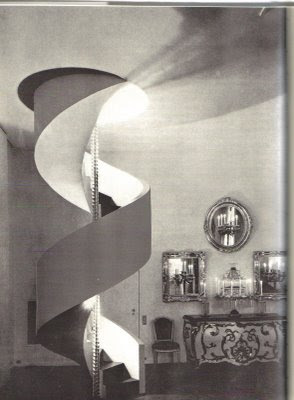
In 1929, Le Corbusier created an apartment for him on the Champs-Elysees which melded Le Corbusier's committment to modern living with de Beistegui's interest in surrealism.

Beistegui, who liked to change things up and often, commented years later, "In 1929, my entire house was a bath room. Now, my bathroom resembles a bedroom." By the 1950s, his interiors in town and in the country had evolved backwards in time .
At Groussay, his chateau in Montfort L'Amaury, he favored the Louis XVI, Empire and Charles X styles.

A detail of the Goya Tapestry Room with Empire style furnishings

The double-height library is seen by many as his masterpiece. The range of periods of the furniture, objets and paintings align with his belief that interiors shouldn't be museum recreations of a particular moment. In fact, he believed as I do that the whole idea of a period room is a fallacy as most rooms show the accretion of different generations. This electic approach - which is very "English country house" - seems more organic.
He also thought it was a mistake to hide telephones, cigarette boxes and other conveniences of modern life. No doubt he would have had his flat screen out for everyone to see. These familiar objects make a room cosy. (And yes, the article actually uses the word "cosy.") Having lots of things in a room also lends to the warmth of a room. Definitely my kind of guy.

Naked and white walls are for airports and hospitals, thought de Beistegui. He dressed his to the hilt. Wallpaper, velvet, and silk hung walls were overlaid TO THE MAXIMUM with pictures and large pieces of furniture. Red and green were his favorite colors, followed by pairings of blue and green. The only color that could never seduce him - orange.
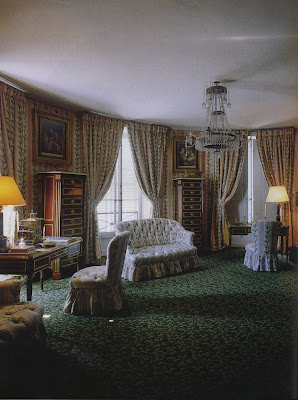
Like MC (who advised him on fabrics for Groussay and whose influence I believe is seen in his bedroom above), he believed it was a "faute de gout" to transform items into something else, such as fake books opening to a cigarette box, a radio made to look like an old chest, etc. For example, MC never turned anything that wasn't already intended for lighting into a lamp and de Beistegui probably didn't either.
And even though he had very grand taste, de Beistegui held, "The most important thing isn't the beauty of the objects, but the personality that is created by their arrangement." Words that even non-millionaires can live by.
Click
here to live vicariously through the dashing Grant K. Gibson who visited Groussay last year.
 Race down to the Hines and Company showroom. Now. Discontinued colorways of Rose Cumming chintz is to be had for $10 a yard. (You might even run into the impossibly gorgeous Javier Bardem and rumored-to-be pregnant Penelope Cruz, according to Page Six.)
Race down to the Hines and Company showroom. Now. Discontinued colorways of Rose Cumming chintz is to be had for $10 a yard. (You might even run into the impossibly gorgeous Javier Bardem and rumored-to-be pregnant Penelope Cruz, according to Page Six.)





